Home>Renovation & DIY>Home Renovation Guides>What Is Kitchen Backsplash
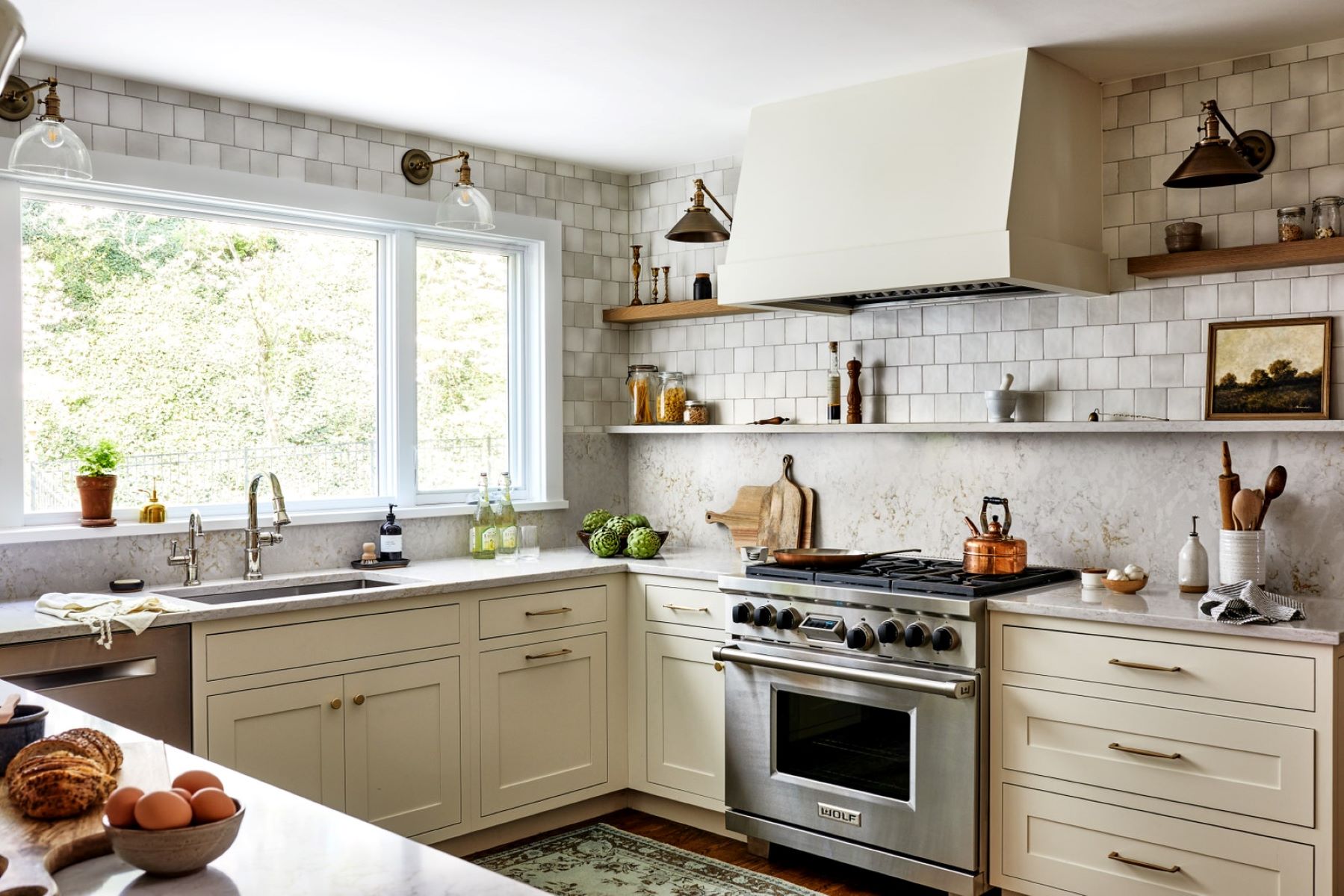

Home Renovation Guides
What Is Kitchen Backsplash
Published: February 8, 2024
Learn about the importance of kitchen backsplashes in home renovation projects. Discover tips and ideas for creating the perfect backsplash. Explore our home renovation guides.
(Many of the links in this article redirect to a specific reviewed product. Your purchase of these products through affiliate links helps to generate commission for Storables.com, at no extra cost. Learn more)
Introduction
When it comes to home renovation, the kitchen often takes center stage. It's a space where culinary magic happens, family gatherings occur, and cherished memories are made. Amidst the various elements that contribute to the functionality and aesthetics of a kitchen, the kitchen backsplash stands out as a crucial component. This often-overlooked feature plays a significant role in not only protecting the walls from spills and splatters but also in adding a touch of personality and style to the heart of your home.
The kitchen backsplash serves as a protective barrier, shielding the walls from the inevitable messes that occur during meal preparation. Whether it's sizzling oil, bubbling pasta sauce, or splattering soup, the backsplash acts as a barrier, preventing stains and damage to the walls. Beyond its practical function, the backsplash also offers an opportunity to infuse creativity and individuality into the kitchen space. With a myriad of materials, colors, and designs available, the backsplash presents an exciting canvas for homeowners to express their unique style and enhance the overall ambiance of the kitchen.
In addition to its utilitarian and aesthetic value, the kitchen backsplash serves as a unifying element that ties together the various design elements in the kitchen. It can complement the countertops, cabinetry, and flooring, creating a cohesive and harmonious look. Whether you prefer a sleek, modern aesthetic or a rustic, farmhouse-inspired vibe, the backsplash can be customized to align with your design preferences, elevating the visual appeal of the entire kitchen.
As we delve deeper into the world of kitchen backsplashes, it becomes evident that this seemingly small feature holds immense significance in both practical and aesthetic terms. From its protective function to its role as a design focal point, the kitchen backsplash is a versatile and impactful element that deserves careful consideration and attention during the home renovation process. In the following sections, we will explore the various types of materials, the benefits of installing a kitchen backsplash, tips for choosing the right one, the installation process, and maintenance guidelines, providing a comprehensive guide for homeowners embarking on their kitchen renovation journey.
Key Takeaways:
- Kitchen backsplashes protect walls and add style. They shield against spills and stains while allowing for creative expression. Choose the right material to enhance your kitchen’s functionality and visual appeal.
- Installing a kitchen backsplash offers practical and aesthetic benefits. It protects walls, promotes cleanliness, and enhances the kitchen’s visual appeal. Follow a thoughtful approach to choose the right backsplash that aligns with your design preferences and practical needs.
Purpose of Kitchen Backsplash
The kitchen backsplash serves a dual purpose, combining practical functionality with aesthetic appeal. Its primary role is to protect the walls from the inevitable splashes, spills, and stains that occur during cooking and meal preparation. Whether it's the sizzle of hot oil, the bubbling of pasta sauce, or the occasional splatter of soup, the backsplash acts as a barrier, preventing these kitchen mishaps from marring the walls. By creating a shield against moisture and food-related messes, the backsplash helps maintain the cleanliness and integrity of the kitchen walls, reducing the need for frequent repainting or repairs.
In addition to its protective function, the kitchen backsplash plays a pivotal role in enhancing the visual appeal of the kitchen space. It serves as a canvas for creativity and self-expression, allowing homeowners to infuse their unique style and personality into the heart of their home. With a wide array of materials, colors, patterns, and textures available, the backsplash presents an opportunity to introduce visual interest and character to the kitchen. Whether it's a sleek, modern look with glossy subway tiles or a rustic, farmhouse-inspired ambiance with weathered brick or reclaimed wood, the backsplash can be customized to align with the homeowner's design preferences, elevating the overall aesthetic of the kitchen.
Moreover, the backsplash acts as a unifying element that ties together the various design components in the kitchen. It can complement the countertops, cabinetry, and flooring, creating a cohesive and harmonious look. By selecting a backsplash that harmonizes with the overall design theme, homeowners can achieve a sense of visual continuity and balance, elevating the kitchen's ambiance and contributing to a welcoming and cohesive space for cooking, dining, and gathering.
In essence, the purpose of the kitchen backsplash extends beyond mere functionality; it embodies the fusion of practicality and creativity, serving as a protective barrier while simultaneously adding character, style, and visual cohesion to the kitchen environment. As homeowners embark on their kitchen renovation journey, the selection of a suitable backsplash material and design becomes a crucial decision, one that encompasses both practical considerations and aesthetic preferences, ultimately contributing to the overall functionality and visual allure of the kitchen space.
Types of Kitchen Backsplash Materials
When it comes to selecting the perfect kitchen backsplash, the choice of materials plays a pivotal role in determining the overall aesthetic, functionality, and durability of this essential kitchen element. From classic ceramic tiles to innovative glass panels, the market offers a diverse array of materials, each with its unique characteristics and visual appeal. Understanding the distinct features of various kitchen backsplash materials is essential for homeowners seeking to make an informed decision that aligns with their design preferences and practical needs.
-
Ceramic Tiles: Renowned for their versatility and timeless appeal, ceramic tiles are a popular choice for kitchen backsplashes. Available in an extensive range of colors, patterns, and sizes, ceramic tiles offer homeowners the flexibility to create custom designs that complement their kitchen decor. These tiles are durable, easy to clean, and resistant to heat and moisture, making them an ideal option for the kitchen environment.
-
Glass Panels: For a sleek and contemporary look, glass panels present an attractive choice for kitchen backsplashes. Their reflective properties can enhance the perception of space, making them particularly suitable for smaller kitchens. Glass panels are also resistant to stains and are effortless to maintain, adding a touch of modern elegance to the kitchen.
-
Subway Tiles: Characterized by their rectangular shape and beveled edges, subway tiles have gained popularity for their understated yet stylish appearance. These tiles can be arranged in various patterns, such as herringbone or stacked bond, allowing homeowners to create visually striking backsplashes that exude a classic charm.
-
Natural Stone: From luxurious marble to rugged slate, natural stone offers a diverse range of options for creating stunning kitchen backsplashes. Each type of stone carries its unique veining and texture, adding a touch of natural beauty and sophistication to the kitchen. While natural stone requires sealing to protect against stains, its enduring appeal and timeless elegance make it a coveted choice for homeowners seeking a high-end aesthetic.
-
Metallic Tiles: Infusing a touch of industrial chic into the kitchen, metallic tiles, such as stainless steel or copper, can create a striking visual impact. These tiles are not only resistant to heat and moisture but also add a contemporary edge to the kitchen space, making them an ideal choice for modern and urban-inspired design themes.
-
Reclaimed Wood: Embracing the trend of sustainable and rustic design, reclaimed wood backsplashes bring warmth and character to the kitchen. Whether it's weathered barn wood or salvaged timber, these natural wood elements infuse the kitchen with a sense of history and authenticity, creating a cozy and inviting ambiance.
-
Porcelain Slabs: Offering a seamless and low-maintenance option, porcelain slabs provide a sleek and modern backdrop for the kitchen. With their large format and minimal grout lines, porcelain slabs create a clean and sophisticated look, while their durability and resistance to scratches and stains make them a practical choice for busy kitchens.
By exploring the diverse range of kitchen backsplash materials, homeowners can discover the perfect combination of functionality, style, and durability that aligns with their unique vision for the kitchen space. Whether it's the timeless appeal of ceramic tiles, the contemporary allure of glass panels, or the natural beauty of stone and wood, the selection of the right material sets the stage for creating a captivating and practical kitchen backsplash that enhances the overall charm and functionality of the culinary heart of the home.
Benefits of Installing a Kitchen Backsplash
Installing a kitchen backsplash offers a multitude of benefits that extend beyond its visual appeal. One of the primary advantages is the protection it provides to the walls against stains, moisture, and grease. As the culinary hub of the home, the kitchen is prone to spills and splatters during meal preparation. A backsplash acts as a barrier, preventing these mishaps from causing unsightly stains and damage to the walls. This protective function not only maintains the cleanliness of the kitchen but also reduces the need for frequent repainting or wall repairs, saving both time and money for homeowners.
In addition to its practical role, a kitchen backsplash contributes to the overall hygiene of the cooking area. By creating a smooth and non-porous surface, it becomes easier to clean and sanitize, ensuring a hygienic environment for food preparation. Whether it's ceramic tiles, glass panels, or stainless steel, the smooth surface of the backsplash allows for effortless maintenance, making it an essential element for promoting a clean and healthy kitchen space.
Furthermore, the installation of a kitchen backsplash enhances the aesthetic appeal of the entire kitchen. It serves as a focal point, adding character, texture, and visual interest to the space. The choice of material and design can significantly impact the ambiance of the kitchen, whether it's a sleek and modern look with glossy tiles or a rustic charm with natural stone or reclaimed wood. The backsplash complements the overall design theme, creating a cohesive and harmonious visual impact that elevates the kitchen's allure.
Moreover, a well-chosen backsplash can increase the resale value of the home. Potential buyers are often drawn to kitchens with stylish and functional features, and a thoughtfully designed backsplash can enhance the overall appeal of the kitchen, making it a selling point for the property. Whether it's a classic design that appeals to a broad audience or a unique, custom creation that adds a touch of personality, a well-installed backsplash can contribute to the marketability and desirability of the home.
In essence, the installation of a kitchen backsplash offers a myriad of benefits, ranging from practical functionality to aesthetic enhancement and potential property value appreciation. It serves as a versatile and impactful element that not only safeguards the walls and promotes cleanliness but also adds character and style to the kitchen, ultimately contributing to a welcoming, functional, and visually appealing culinary space.
How to Choose the Right Kitchen Backsplash
Selecting the right kitchen backsplash involves a thoughtful consideration of various factors, encompassing both practical and aesthetic aspects. To embark on this decision-making journey, homeowners can follow a systematic approach that takes into account their design preferences, the kitchen's existing decor, and the functional requirements of the space.
Read more: What Is A Bathroom Backsplash
Consider the Overall Design Theme
The first step in choosing the right kitchen backsplash is to consider the overall design theme of the kitchen. Whether it's a modern, minimalist aesthetic, a rustic farmhouse vibe, or a timeless traditional look, the backsplash should harmonize with the existing decor. By aligning the material, color, and pattern of the backsplash with the overarching design theme, homeowners can create a cohesive and visually appealing kitchen space.
Evaluate Practical Needs
Assessing the practical needs of the kitchen is essential in selecting a suitable backsplash. For instance, in a busy kitchen that experiences frequent cooking activities, durable and easy-to-clean materials such as ceramic tiles or glass panels may be preferred. On the other hand, for homeowners seeking a luxurious and high-end appeal, natural stone or metallic tiles can add a touch of sophistication to the space. Understanding the functional requirements of the kitchen guides the choice of a backsplash material that not only enhances the aesthetics but also fulfills practical needs.
Explore Color and Texture Options
The color and texture of the backsplash play a significant role in defining the visual impact of the kitchen. Lighter hues can create a sense of openness and airiness, making them suitable for smaller kitchens, while darker tones can add depth and drama to the space. Similarly, the texture of the backsplash, whether it's smooth and glossy or rough and textured, contributes to the overall ambiance of the kitchen. By exploring a diverse range of color and texture options, homeowners can find the perfect balance that complements the kitchen's style and enhances its visual allure.
Create Visual Interest
Incorporating visual interest into the kitchen backsplash can elevate its appeal. This can be achieved through the use of patterned tiles, intricate designs, or unique layouts such as herringbone or chevron patterns. By introducing visual elements that capture attention and add personality to the space, homeowners can infuse a touch of creativity into the kitchen, making the backsplash a captivating focal point.
Read more: What Is The Best Backsplash
Seek Professional Guidance
For homeowners navigating the myriad of options available, seeking professional guidance from interior designers or kitchen renovation experts can provide valuable insights. Design professionals can offer expert advice on material selection, layout, and design considerations, helping homeowners make informed decisions that align with their vision for the kitchen.
By considering these key factors and approaching the selection process with a blend of creativity and practicality, homeowners can choose the right kitchen backsplash that not only enhances the visual appeal of the space but also aligns with the functional and aesthetic needs of their culinary haven.
Installation Process for Kitchen Backsplash
The installation of a kitchen backsplash is a pivotal phase in the renovation journey, marking the transformation of the culinary space into a visually captivating and functional area. The process involves several key steps, each contributing to the seamless integration of the backsplash into the kitchen environment.
Preparation and Planning
Before commencing the installation, meticulous preparation and planning are essential. This includes measuring the area to determine the required amount of materials, selecting the appropriate tools such as tile cutters, adhesive, grout, and spacers, and ensuring that the surface is clean, smooth, and free of any debris or grease. Adequate planning sets the foundation for a successful installation process, ensuring that the backsplash aligns with the design vision and functional requirements.
Material Application
The application of the chosen backsplash material marks the beginning of the installation process. Whether it's ceramic tiles, glass panels, or natural stone, the material is carefully affixed to the wall using a suitable adhesive, following the predetermined layout and design. Precision and attention to detail are crucial at this stage to ensure a uniform and visually appealing installation.
Read more: What Is The Cheapest Backsplash
Grouting and Finishing
Once the material is securely in place, the next step involves grouting the seams between the tiles or panels. Grout not only enhances the structural integrity of the backsplash but also adds a polished and cohesive look to the overall design. Careful application and smoothing of the grout contribute to a seamless and professional finish, elevating the visual appeal of the backsplash.
Sealing and Protection
Depending on the type of material used, sealing may be necessary to protect the backsplash from stains, moisture, and wear. This step is particularly crucial for natural stone backsplashes, ensuring their longevity and durability. Additionally, installing a protective trim along the edges of the backsplash provides a clean and polished transition, adding the final touch to the installation process.
Clean-Up and Inspection
Upon completing the installation, thorough clean-up and inspection are conducted to ensure that the backsplash is free of any adhesive residue, grout haze, or imperfections. A meticulous inspection guarantees that the installation meets the desired standards of quality and craftsmanship, setting the stage for a stunning and functional kitchen backsplash.
The installation process for a kitchen backsplash demands precision, attention to detail, and a meticulous approach to ensure a seamless integration of this essential element into the culinary space. By following these key steps, homeowners can embark on a transformative journey, culminating in the creation of a visually captivating, practical, and aesthetically pleasing kitchen environment.
Maintenance and Cleaning Tips for Kitchen Backsplash
Maintaining the pristine condition and visual allure of a kitchen backsplash is essential for preserving its functionality and aesthetic appeal. By incorporating regular cleaning and maintenance practices into the kitchen routine, homeowners can ensure that their backsplash remains a captivating and hygienic element of the culinary space.
Read more: What Type Of Mortar For Backsplash
Regular Cleaning Routine
Establishing a regular cleaning routine is fundamental to preserving the cleanliness and visual appeal of the kitchen backsplash. For most materials such as ceramic tiles, glass panels, or stainless steel, a simple solution of warm water and mild dish soap can effectively remove grease, food splatters, and general grime. Using a soft sponge or microfiber cloth, gently wipe the surface of the backsplash, ensuring thorough coverage while avoiding abrasive materials that may scratch or damage the material.
Specialized Cleaning for Specific Materials
Different materials may require specific cleaning approaches to maintain their integrity and luster. For natural stone backsplashes such as marble or slate, it is essential to use pH-neutral stone cleaners to prevent damage from acidic or abrasive substances. Additionally, avoiding harsh cleaning agents and opting for specialized stone cleaners ensures the preservation of the stone's natural beauty and texture.
Grout Maintenance
In backsplashes with tiled surfaces, grout maintenance plays a crucial role in upholding the overall cleanliness and appearance. Regularly inspecting the grout lines for signs of discoloration or mildew growth is essential. In cases where grout appears stained or discolored, utilizing a grout cleaner and a small brush can effectively restore its original color and cleanliness. Furthermore, applying a grout sealer at regular intervals helps protect the grout from moisture and stains, prolonging its durability and visual appeal.
Preventive Measures
Implementing preventive measures can significantly reduce the accumulation of dirt and stains on the backsplash. Utilizing splatter guards while cooking, particularly near the stove area, can minimize the exposure of the backsplash to grease and food splatters. Similarly, promptly wiping spills and splatters as they occur prevents them from adhering to the surface, simplifying the cleaning process and preserving the backsplash's pristine condition.
Read more: What Kind Of Adhesive For Backsplash
Avoiding Abrasive Tools and Materials
When cleaning the kitchen backsplash, it is crucial to avoid abrasive tools and harsh cleaning agents that may damage the surface. Abrasive scrubbers, steel wool, or harsh chemicals can compromise the integrity of the material, leading to scratches, etching, or discoloration. Opting for gentle cleaning tools and non-abrasive cleaners ensures the preservation of the backsplash's finish and longevity.
By incorporating these maintenance and cleaning tips into their kitchen care routine, homeowners can uphold the pristine condition and visual allure of their kitchen backsplash, ensuring that it remains a captivating and hygienic element of the culinary space.
Frequently Asked Questions about What Is Kitchen Backsplash
Was this page helpful?
At Storables.com, we guarantee accurate and reliable information. Our content, validated by Expert Board Contributors, is crafted following stringent Editorial Policies. We're committed to providing you with well-researched, expert-backed insights for all your informational needs.
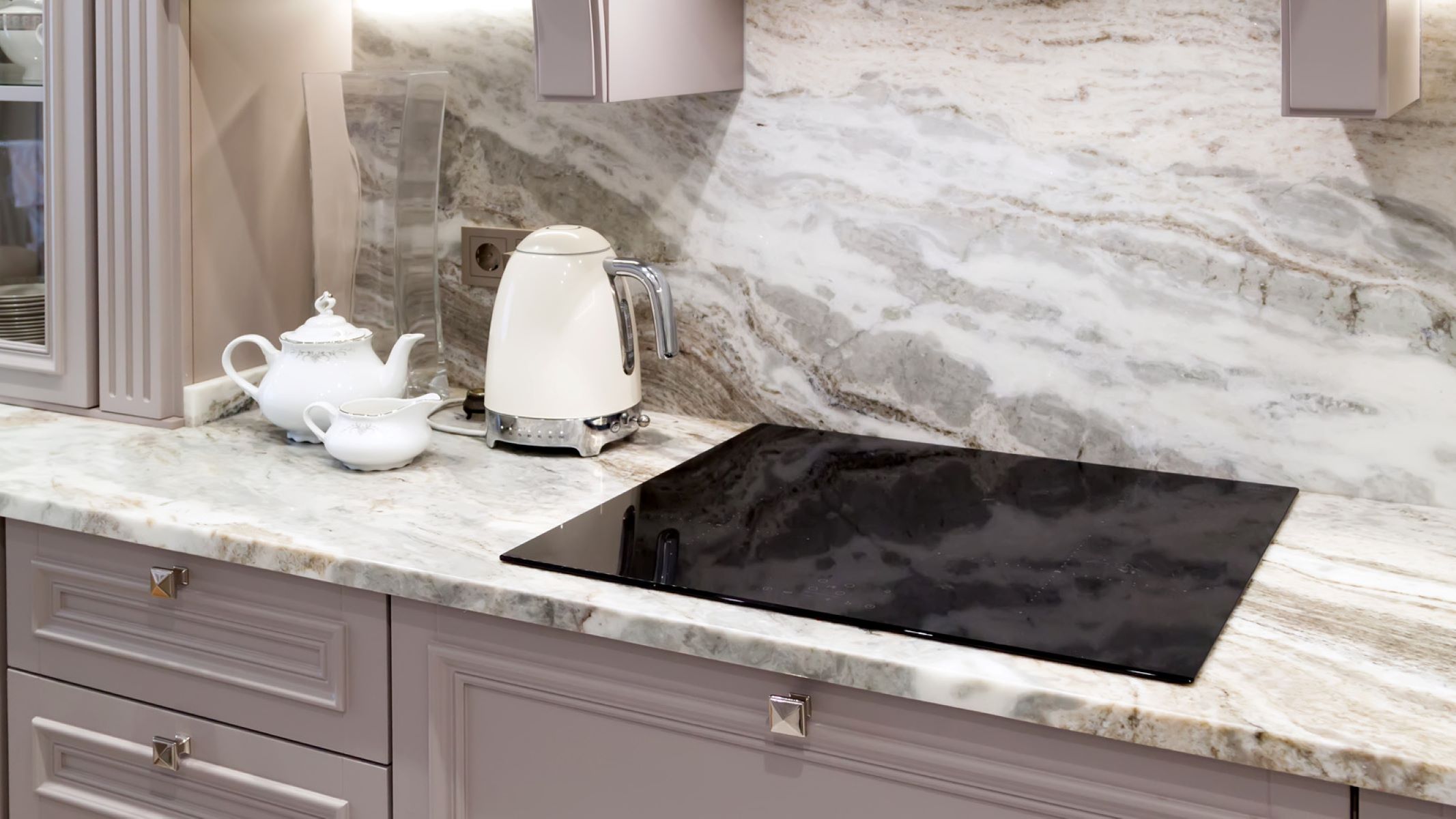
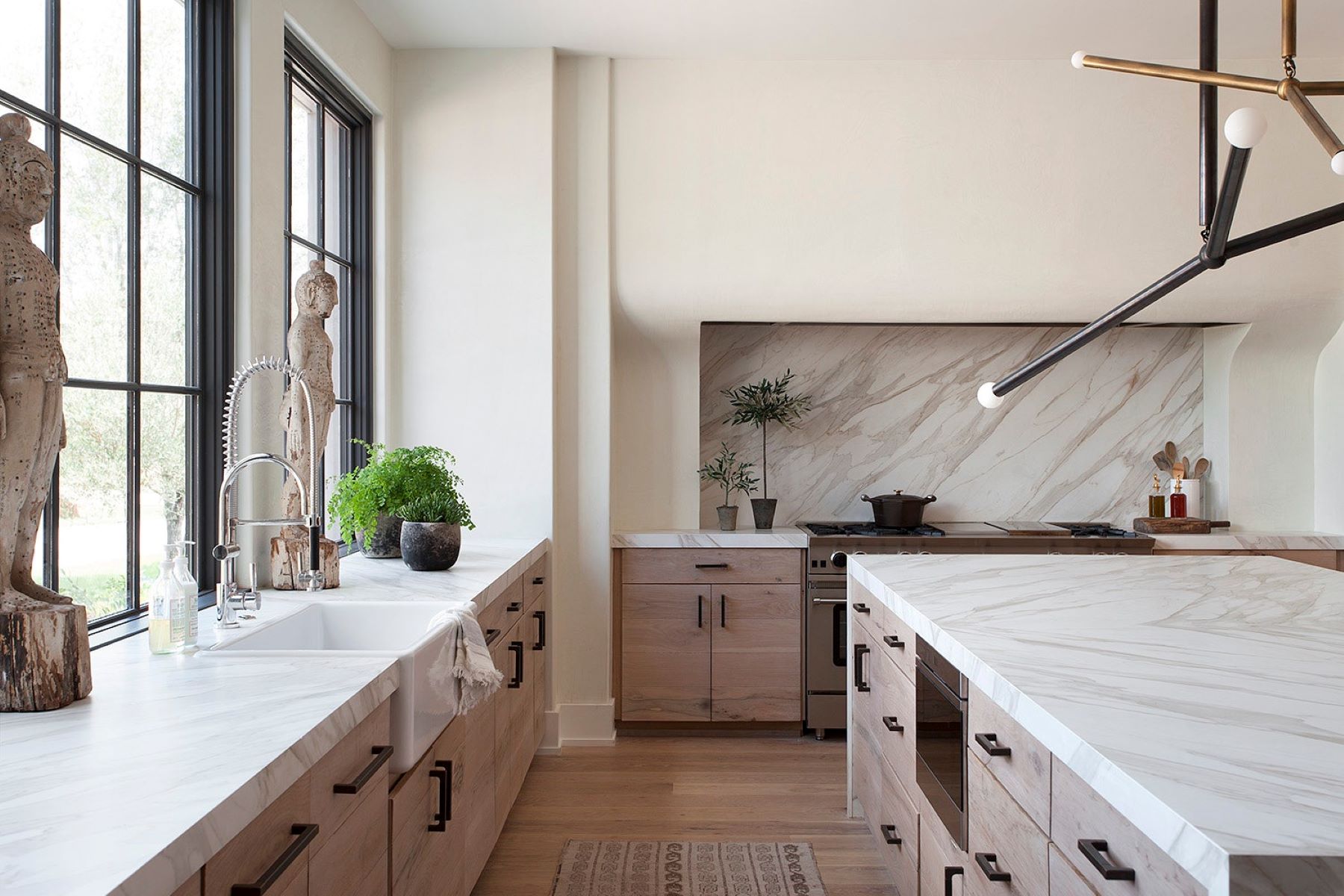
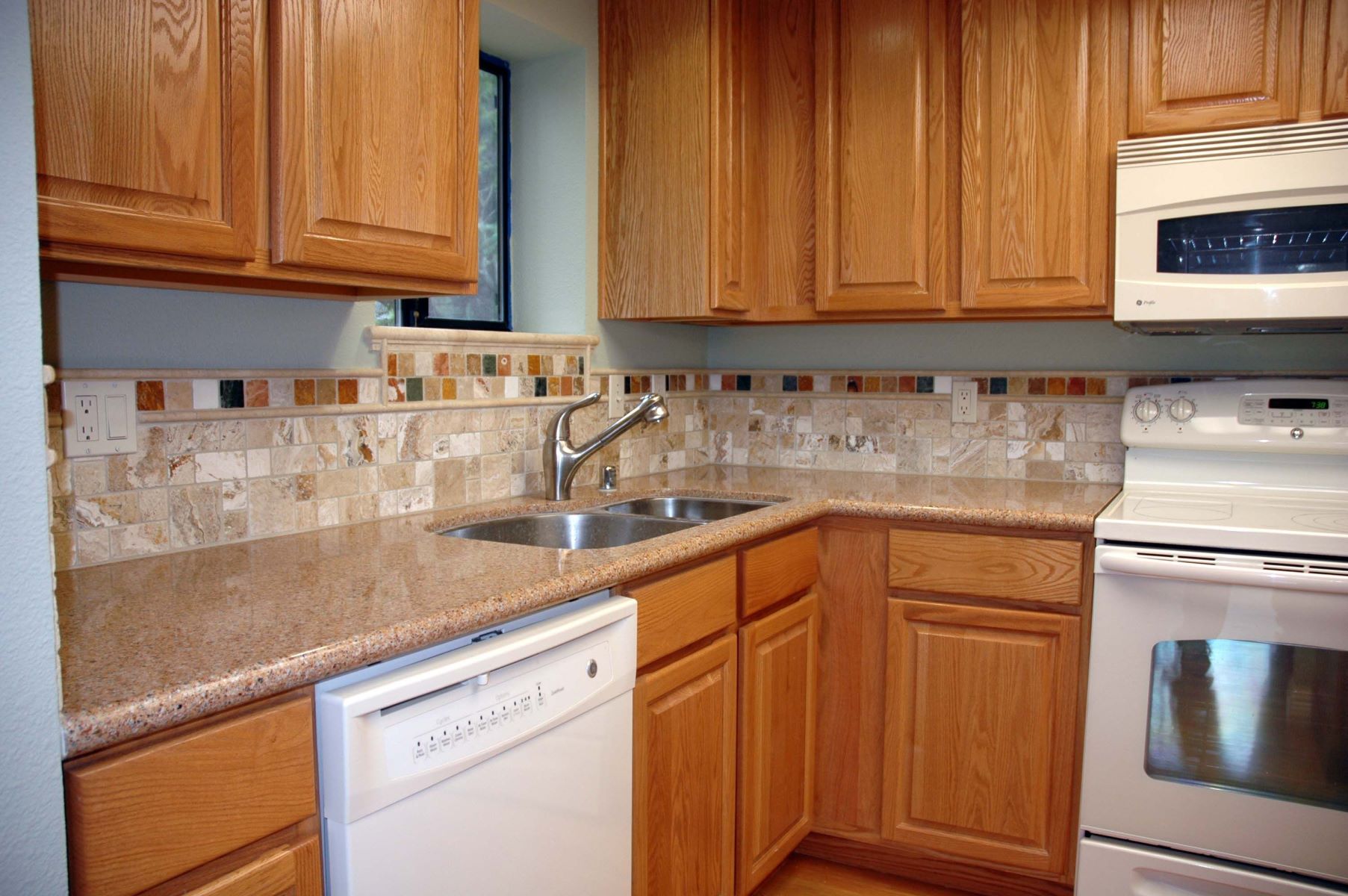
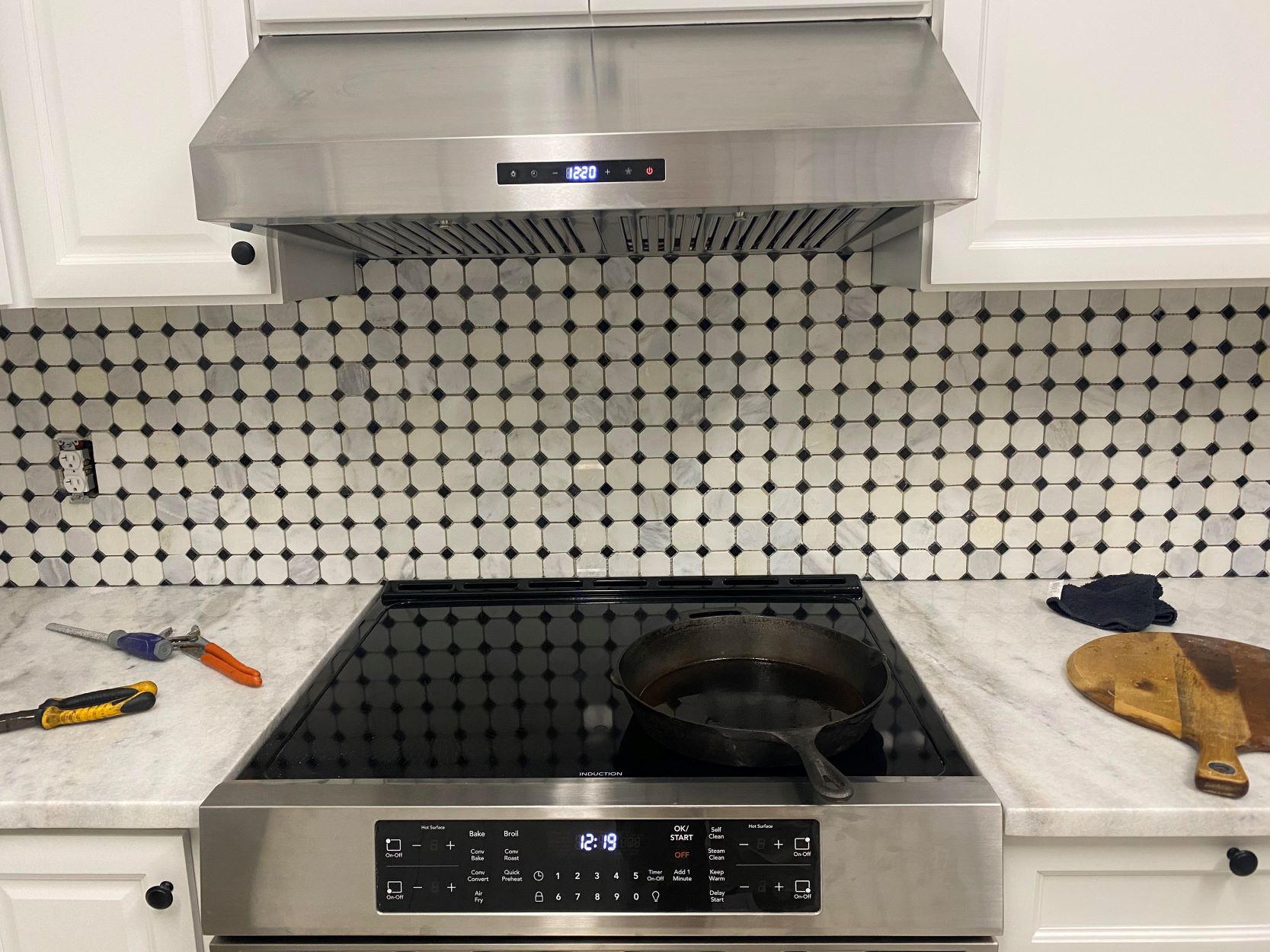
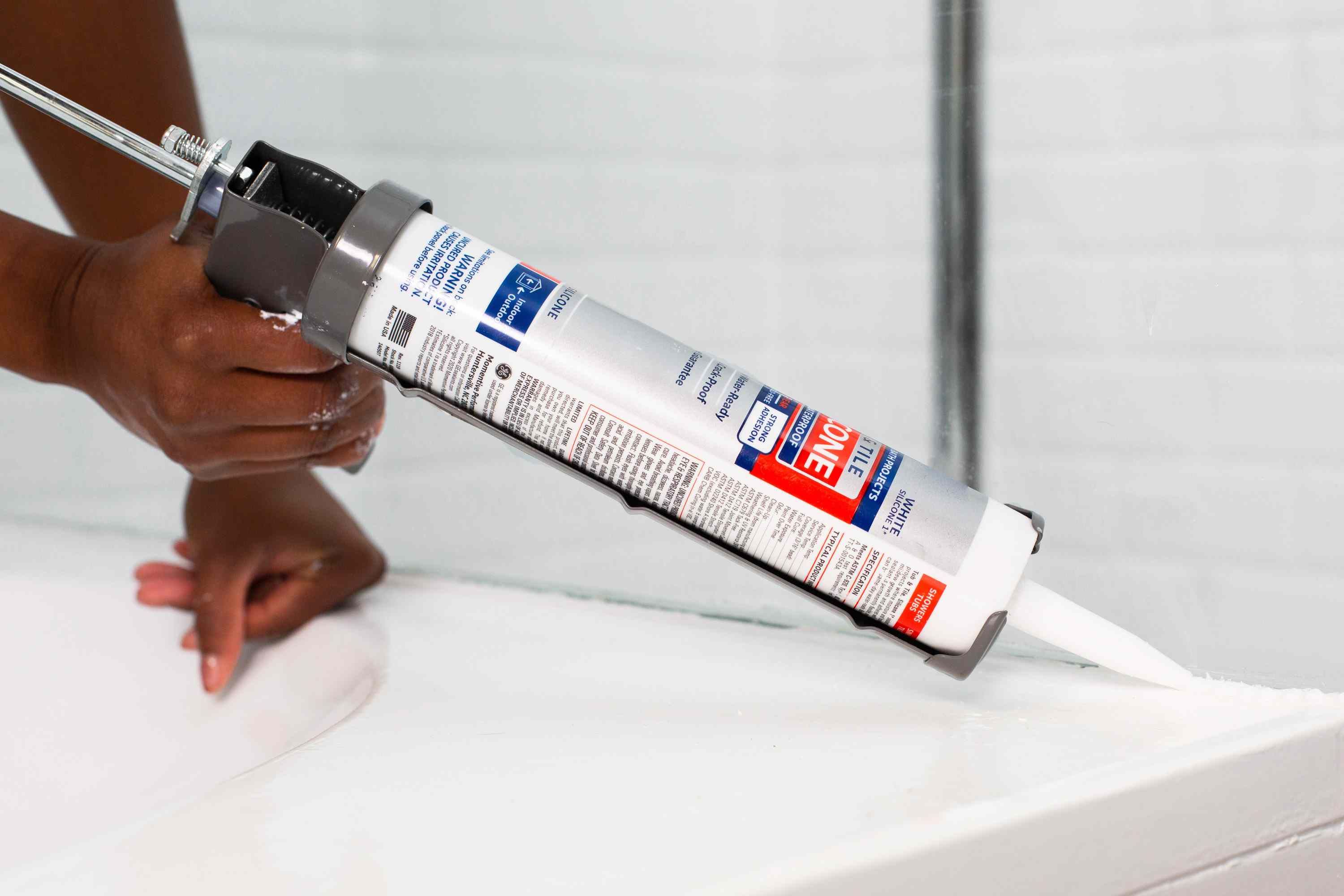
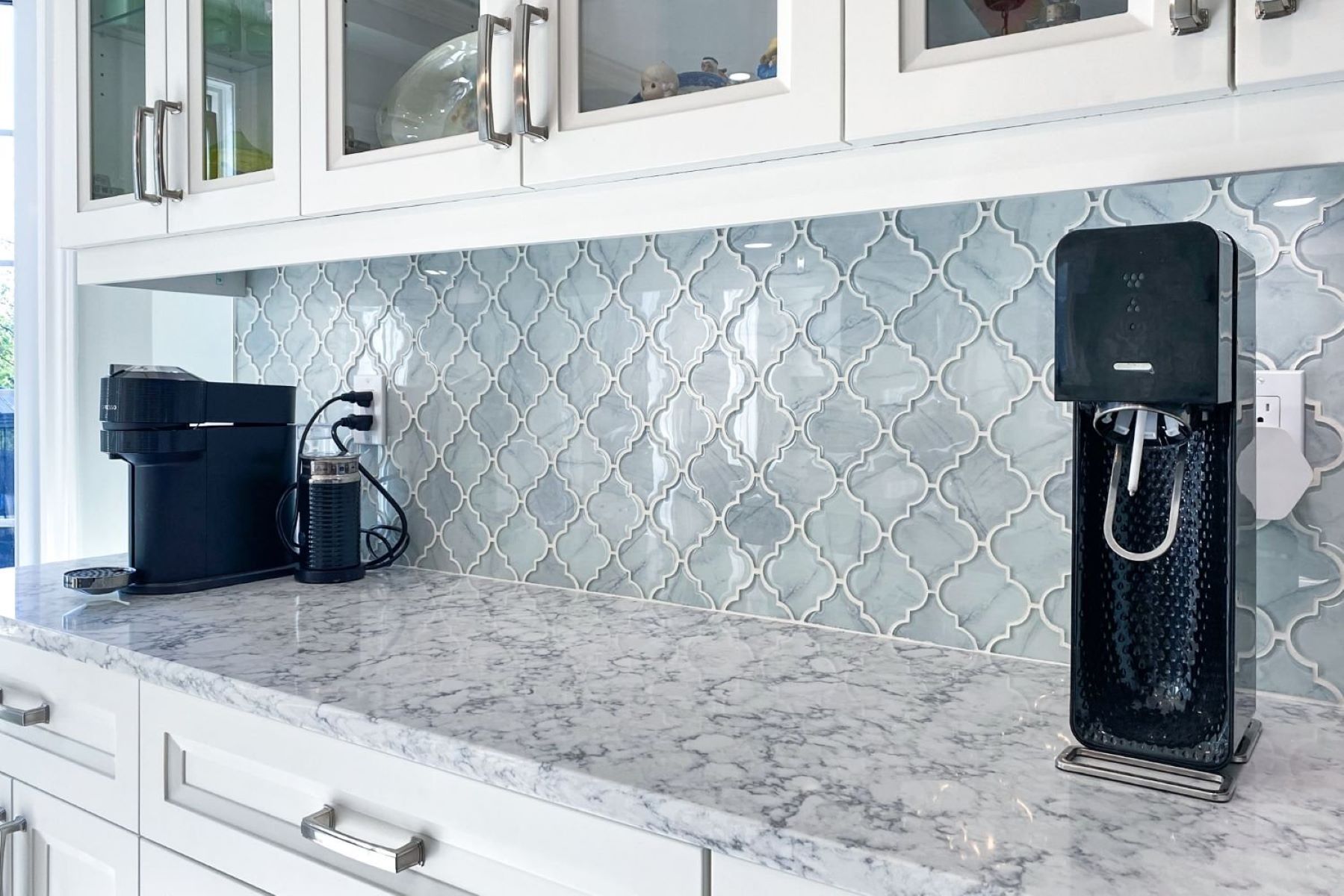
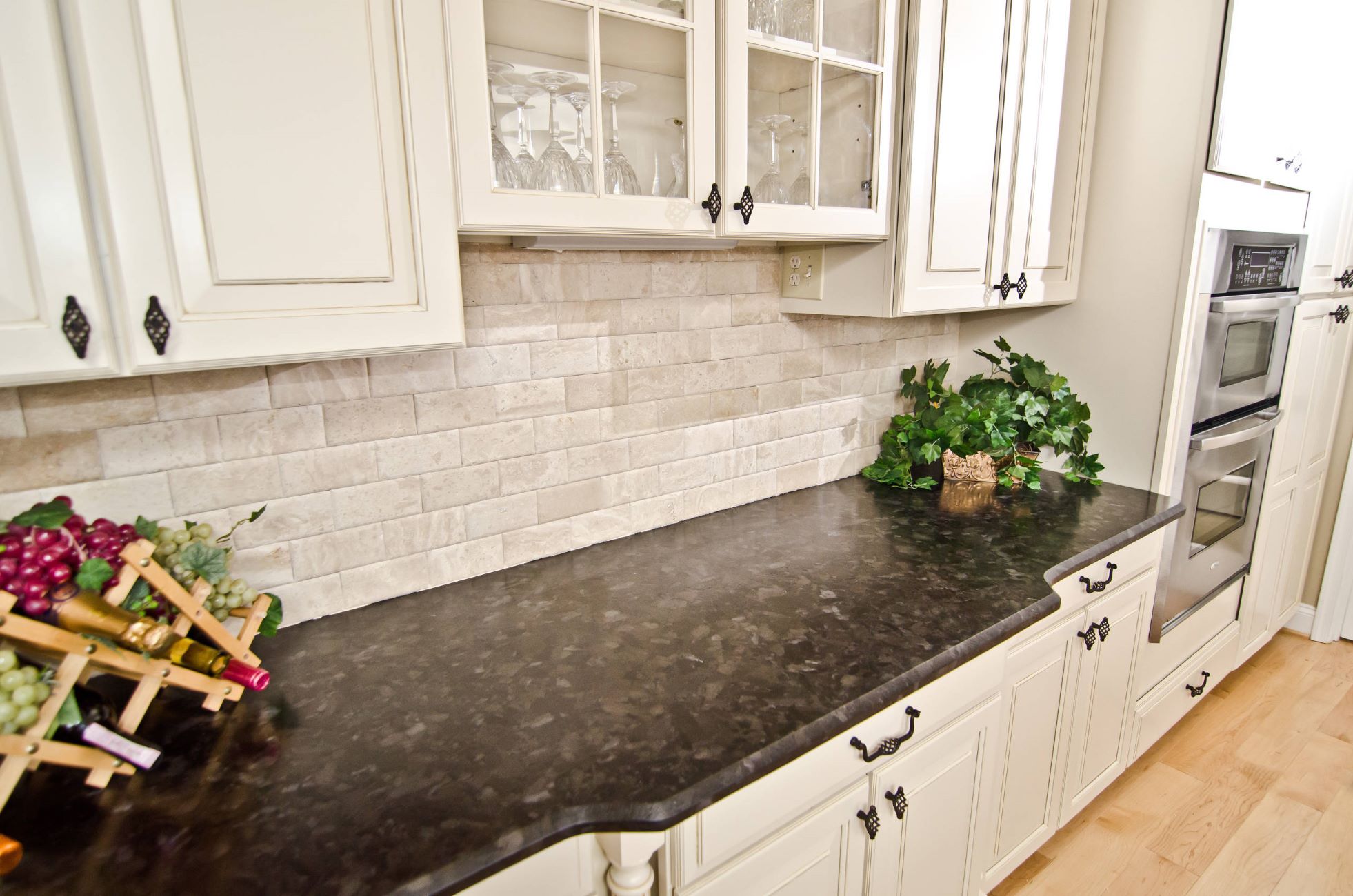
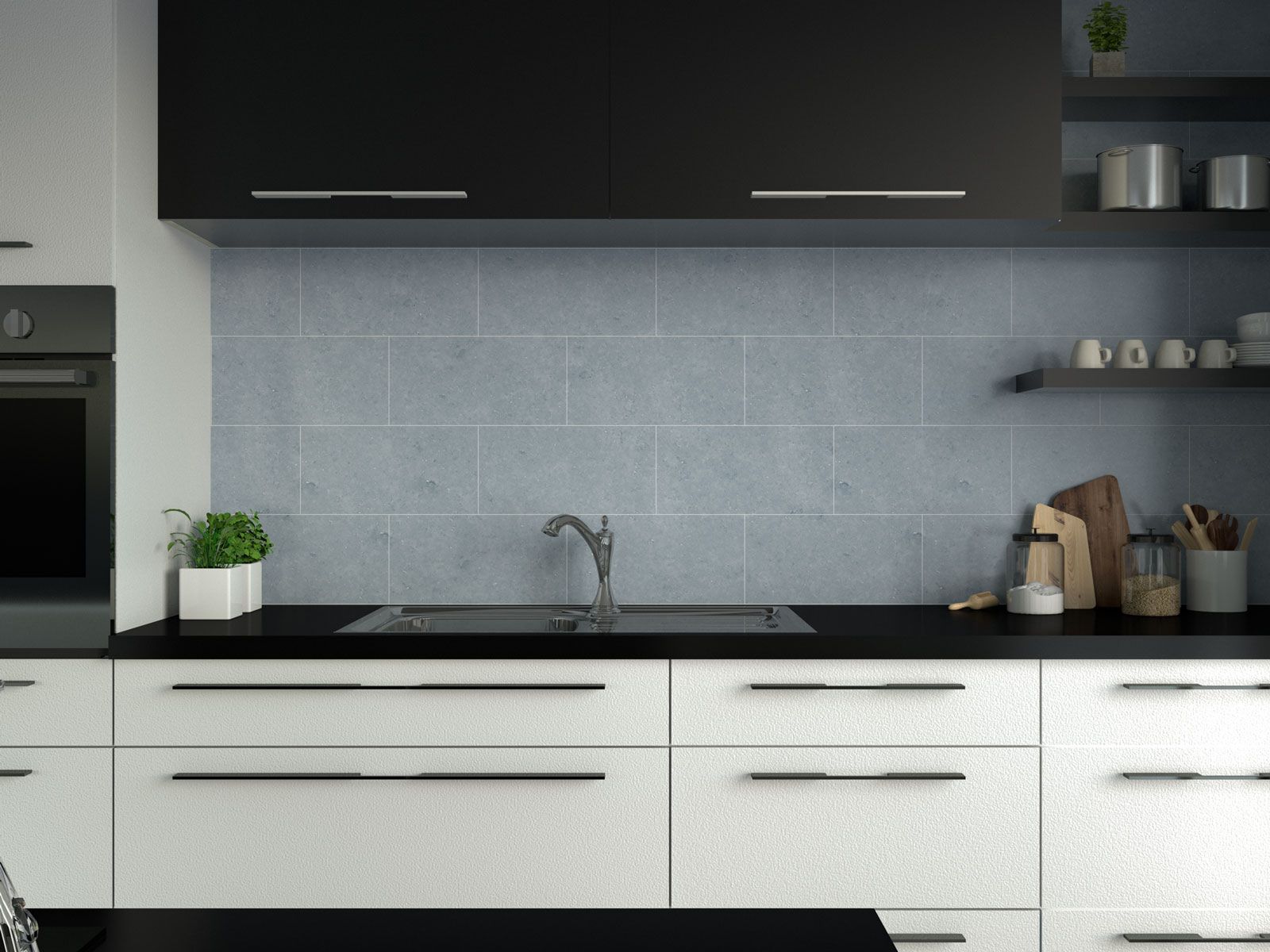
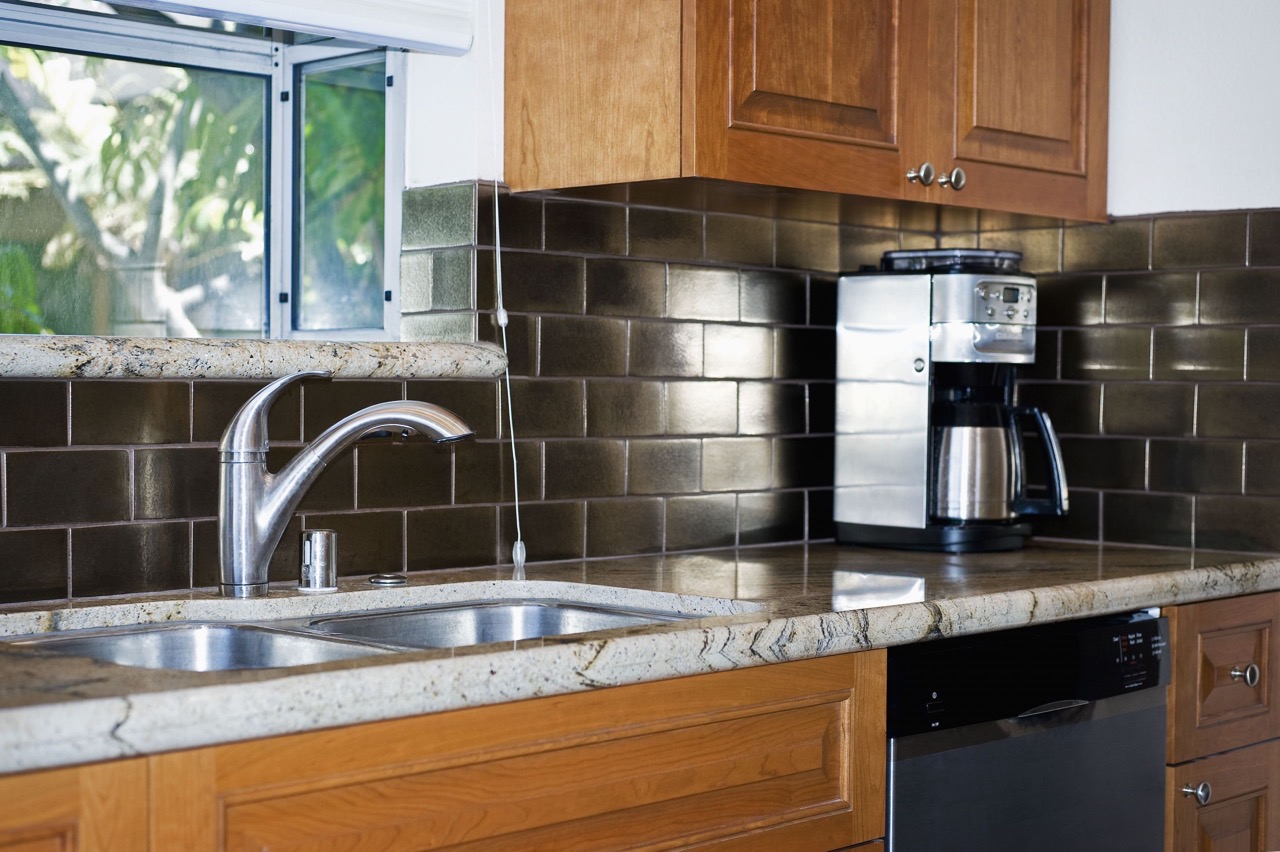
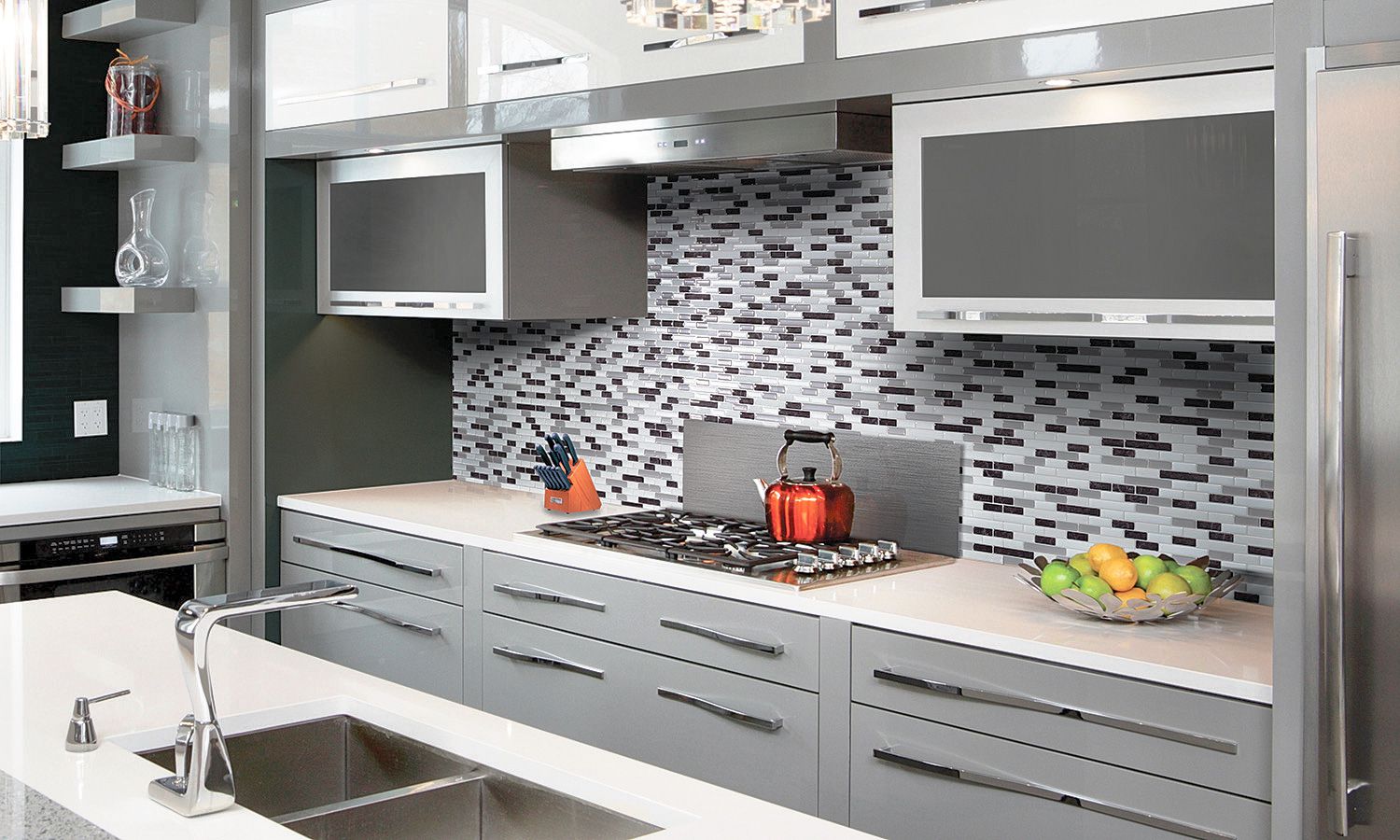

0 thoughts on “What Is Kitchen Backsplash”